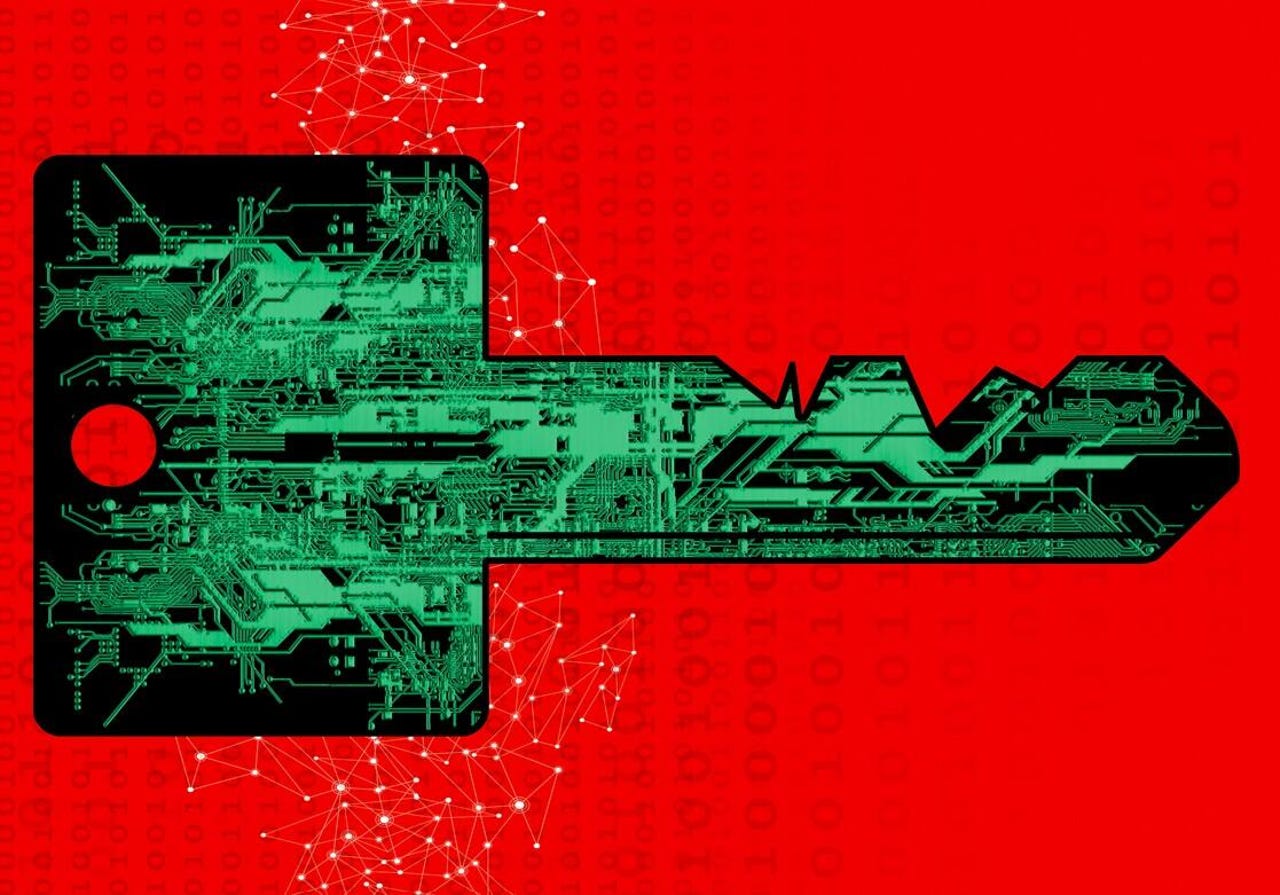Passkeys represent a significant advancement in online security, offering a more robust alternative to traditional passwords. Unlike passwords, which can often be easily guessed or stolen, passkeys rely on a more sophisticated method of authentication that enhances overall security. The introduction of roaming authenticators, a portable form of this technology, offers users increased security, but also comes with notable complexities.
Understanding Passkeys and Their Mechanism
Passkeys eliminate the need for users to share sensitive information directly with websites or applications, referred to as “relying parties.” Instead, they utilize a secret that never leaves the user’s device. This approach aims to reduce the risk of phishing attacks, which continue to deceive a staggering 98% of individuals, even those who have undergone extensive cybersecurity training.
The concept of a passkey is anchored in three core principles: they cannot be guessed like passwords, they cannot be reused across different sites, and they are not susceptible to being disclosed to malicious actors. Although this system promises enhanced security, it also introduces a level of complexity that users may find challenging at first.
The Role of Roaming Authenticators
Roaming authenticators are physical devices, such as USB sticks or security keys, that facilitate the use of passkeys. Common examples include Yubico’s YubiKeys and Google’s Titan. These devices allow users to carry their authentication keys easily, but they can also be easily misplaced, necessitating a backup device for added security.
When a passkey is created using a roaming authenticator, it is stored in an encrypted form that ties it to the physical device. This means that unlike virtual password managers, which allow for syncing across devices, a passkey stored on a roaming authenticator is non-syncable. This limitation can be a drawback for users who prefer seamless access to their accounts across multiple devices.
Roaming authenticators function similarly to a portable Trusted Platform Module (TPM), a piece of hardware that securely stores cryptographic keys and other sensitive information. This allows the roaming authenticator to provide the same level of security as a TPM embedded within a device, but with the added flexibility of being used on various platforms.
The primary advantage of this setup is that it allows for multi-device access to passkeys without the need for cloud synchronization. Users simply connect their roaming authenticator to the device requiring authentication, streamlining the process while maintaining a high level of security.
Despite their benefits, roaming authenticators lack the integrated password management capabilities found in some software-based solutions. Users must decide whether to use a roaming authenticator or a virtual authenticator for each relying party, which can complicate credential management.
Balancing Security and Usability
The integration of roaming authenticators with password managers presents a unique challenge. If users rely solely on a password manager for authentication, they must be logged in to access their credentials. This paradox can be resolved by using a roaming authenticator to log into the password manager itself, thereby enhancing security for the most sensitive access points.
As the industry moves toward a passwordless future, it is essential for users to recognize the importance of managing their passkeys effectively. For those relying on multiple authenticators, it is advisable to register separate passkeys for each relying party, ensuring that all bases are covered in case of device loss.
The transition to passkeys marks a fundamental shift in how individuals secure their online accounts. While the complexity of using roaming authenticators may seem daunting, the trade-off in security is significant. Users must adapt to this new paradigm, as the elimination of passwords becomes increasingly prevalent.
In conclusion, roaming authenticators provide a promising solution for enhancing online security, but users will need to navigate the complexities that accompany this technology. Adapting to these changes can lead to a more secure digital landscape, minimizing the risks associated with traditional password-based systems.






































































